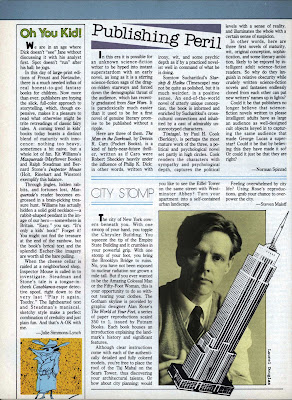Book Review: 'The Crystals of Mida' by Sharon Green
Gor Fanboy Score: 4 / 5 Stars
‘The Crystals of Mida’ is DAW Book No. 484, released in June 1982. The cover artwork is by Ken Kelly. It’s the first of five volumes of the ‘Jalav: Amazon Warrior’ series that author Green published from ’82 to ’96.
Somewhat surprisingly, despite the tremendous financial success of the ‘Gor’ novels by John Norman (the pen name of John Eric Lange), it took until 1982 before DAW Books realized that if the fanboys were ready to snap up each installment of the Gor novels, they might also snap up imitators.
As the back cover blurb of ‘Crystals’ states, “If you like John Norman, you will like Sharon Green.”
Sharon Green (b. 1942) authored a large number of sci-fi and fantasy novels throughout the 80s and 90s, and is adept at mimicking the prose style of Norman’s novels. As with the Gor books, ‘Crystals’ uses a deadpan first-person narrative on the part of our heroine Jalav to relate various escapades and intrigues on a planet in the grip of barbarism.
Adding spice to the mix is a peculiar habit of the beautiful Jalav and her equally alluring amazonian tribeswomen: they have a habit of abducting studly males and drugging them with a potion that renders their bound captives quite responsive to erotic stimulation (!) That's right, helpless male captives forced (wink-wink) to serve the insatiable, lust-filled desires of stunning warrior chicks …!
Yes, it’s something to make every Gor fanboy’s palms sweaty, his brow wet, his vision blurred..…
It’s easy to laugh at this picture of fanboy manipulation, but remember, this is 1982. There is no Internet, and there is no such thing as a cornucopia of free porn delivered to you with a mouse click. So the 'Jalav' novels were heady stuff for the fanboys in those long-lost days.
To her credit, Green infuses “Crystals’ with subtle humor that satirizes the whole Gor Concept.
At 352 pp. this is a thick chunk of a book, and at times the action drags and it’s a chore to continue reading. However, the last few pages deliver a satisfactory, even offbeat, ending.
‘Crystals’ isn’t for everyone; any argument that it represents a progenitor sci-fi ‘feminist’ novel is stretching the book’s simple intentions. And, I suspect readers who have since grown out of the Gor books will not find ‘Crystals’ capable of fueling more than a bit of nostalgia.
But readers of the ever-expanding genre of sci-fi and fantasy romances, which now dominate DAW’s release lists, may want to investigate the Jalav series for a take on how things were done…. back ‘In The Day.’
























































.jpg)



















